Software Overview: Difference between revisions
No edit summary |
No edit summary |
||
| Line 1: | Line 1: | ||
[[Category:Overview]] | [[Category:Overview]] | ||
__NOTOC__ | __NOTOC__ | ||
*bullet | |||
**list | |||
Phidgets’ philosophy is that you do not have to be an electrical engineer in order to do projects that use devices like sensors, motors, motor controllers, and interface boards. All you need to know is how to program. | Phidgets’ philosophy is that you do not have to be an electrical engineer in order to do projects that use devices like sensors, motors, motor controllers, and interface boards. All you need to know is how to program. | ||
Revision as of 20:40, 26 April 2017
- bullet
- list
Phidgets’ philosophy is that you do not have to be an electrical engineer in order to do projects that use devices like sensors, motors, motor controllers, and interface boards. All you need to know is how to program.
We have developed a complete set of Application Programming Interfaces (API) that are supported for many different operating systems, and which can be used through many different programming languages.
| We suggest starting with the User Guide guide for your device. This will help you run a basic example to check your hardware and drivers. |
| Have you been there but want more introduction? We have overview pages - with lots of explanatory images - for some of our high-level topics: |
|
After that, you'll need to dive right in and write code.
From the Getting Started Guide, you'll have already chosen your operating system below, and from the operating system page you'll be directed to choose a language.
So if you're here, you probably want:
- An overview of our language and operating system support (in which case, just scroll down)
- The API with syntax and function calls for your device - which you can find on the Phidget22 API page.
- Or, information about your Phidget, which can be found on its product page on our main website or in its user guide.
We try to make our documentation as complete as possible - which means there is a lot of it! Browse around, try the search bar, and if you can't find what you need, please contact us.
Operating System Support
We provide support for all major operating systems. Select your operating system from the table below and follow the Getting Started guide in order to set up your machine. If you need to access non-current versions of our drivers you can find them here. You can find the driver changelog here.
Desktop OS

|
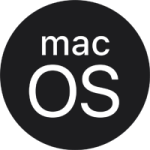
|
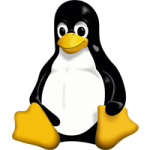
|
| Windows | MacOS | Linux |
| (Windows 8 or Newer) | (OS X 10.5 or Newer) | (Kernel 2.6 or Newer) |
Mobile/Wireless OS
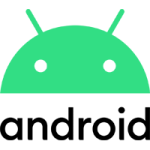
|

|

|
| Android | iOS | Phidget SBC |
| (4.1 Jellybean or Newer) | (8.0 or Newer) | (All versions supported) |
Desktop OSes
| Windows | (Windows 8 or Newer) | |
| MacOS | (OS X 10.5 or Newer) | |
| Linux | (Kernel 2.6 or Newer) |
Mobile/Wireless OSes
| Android | (4.1 Jellybean or Newer) | |
| iOS | (8.0 or Newer) | |
| Phidget SBC | (All versions supported) |
We provide support for a variety of programming languages. Each language has code samples for you to use as well as an in-depth API for you to reference. If you aren't sure which language to use, we recommend using one of our core languages, because they are supported under all major operating systems and have a wide user base. Python is a good choice for new programmers because it's quick to set up.
Core Languages

|

|
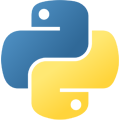
|

|
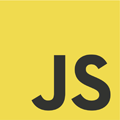
|
| C | C# | Python | Java | JavaScript |
Mobile Languages
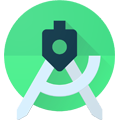
|
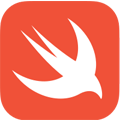
|

|
| Java (Android) | Swift | Objective C |
Other Languages
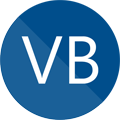
|

|

|
| VB | LabVIEW | Max/MSP |
Core Languages
| C | |
| C# | |
| Python | |
| Java | |
| JavaScript |
Mobile Languages
| Java (Android) | |
| Swift | |
| Objective C |
Other Languages
| VB | |
| LabVIEW | |
| Max/MSP |
